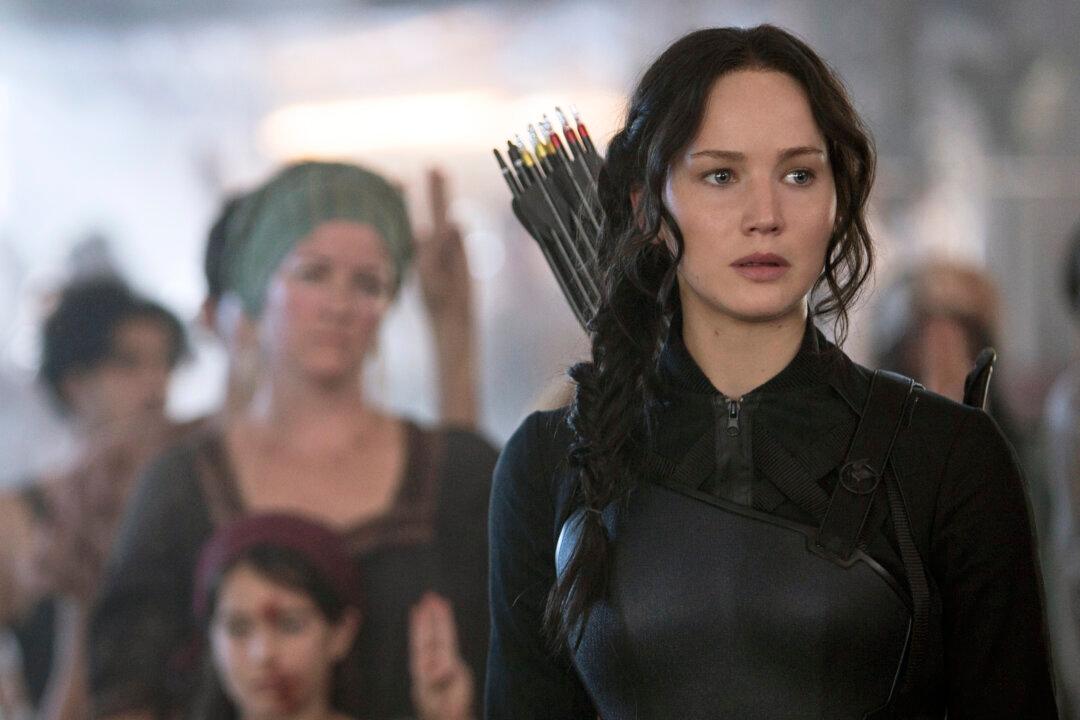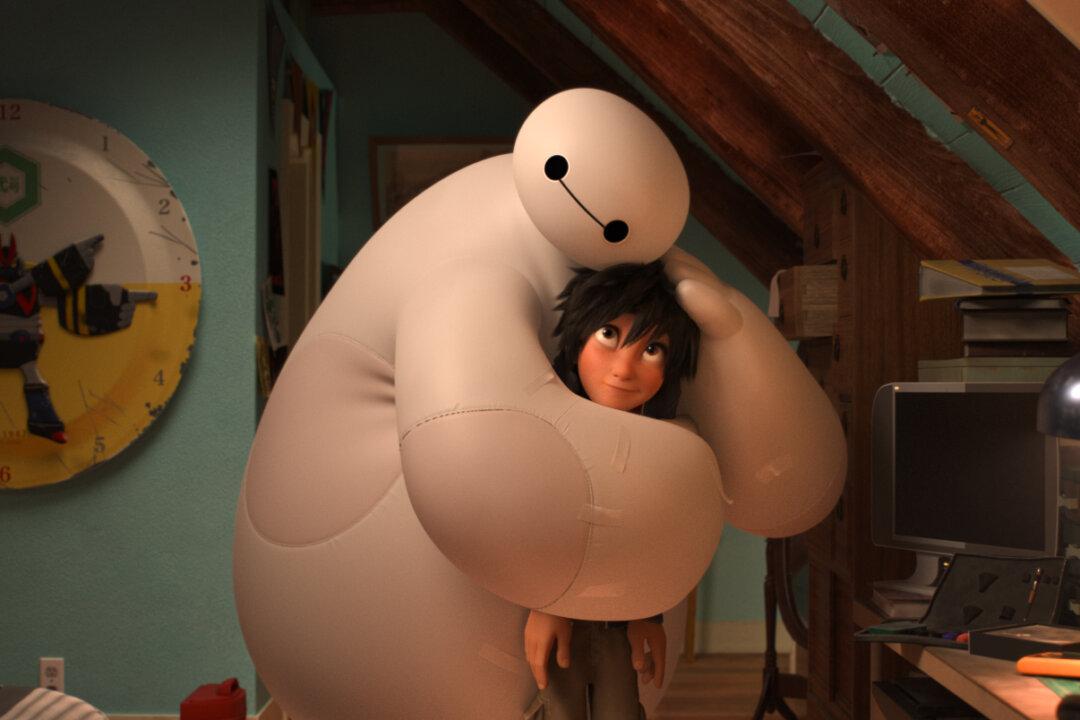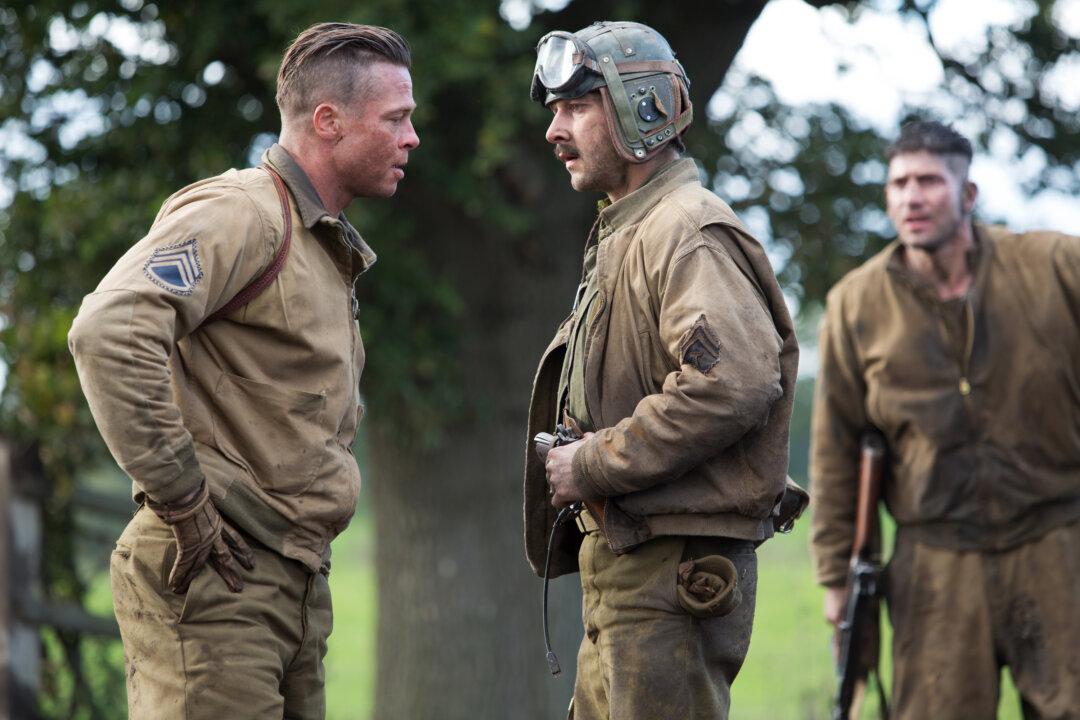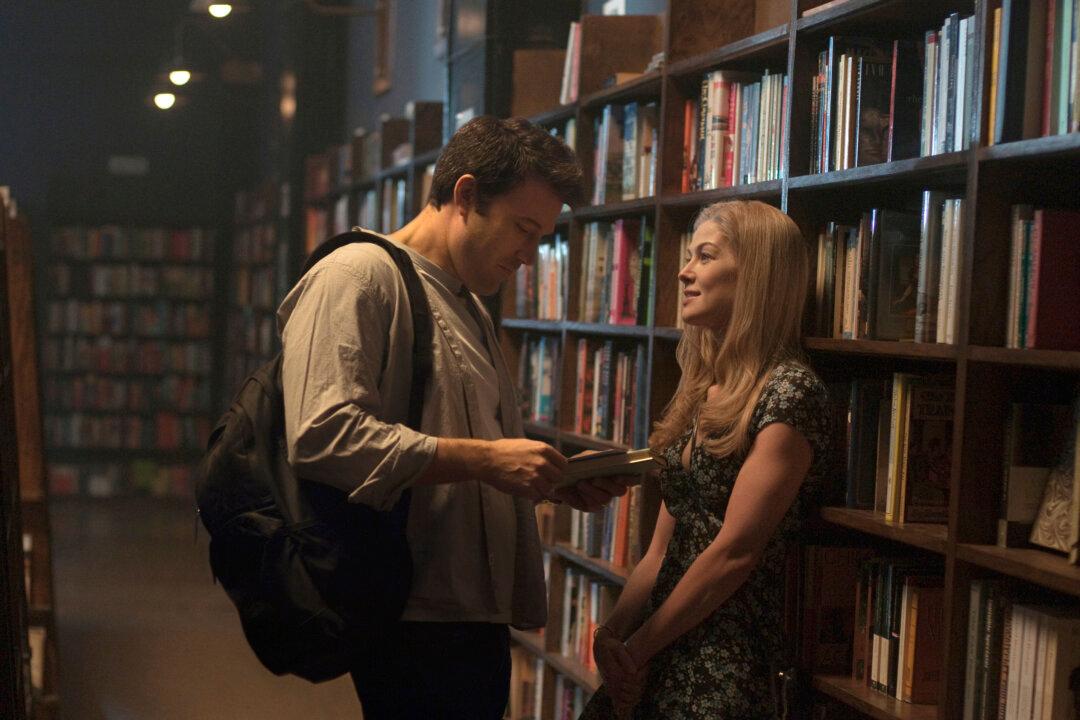LOS ANGELES—In “Interstellar,” Christopher Nolan isn’t just taking audiences to outer space. He’s also sending a couple of robots along for the ride—and they’re just not on board to sweep the floors.
“The idea was that they'd been designed to put humans at ease during extended periods of time,” said “Interstellar” screenwriter Jonathan Nolan.
“They were originally conceived as Marines and programmed to engender the kind of comradery that a Marine would, so they’ve been programmed with a sense of humor and variable levels of honesty.”
The sleek gray ‘bots are walking-and-talking rectangular slabs of shiny metal that operate like a cross between a Swiss army knife and an iPhone. Their blocky fragments can disconnect and rotate to perform a variety of actions, from pushing buttons to cartwheeling across alien planets. (Paramount declined to provide images of the characters for this story.)
In “Interstellar,” a particularly acerbic robot named TARS (portrayed by Bill Irwin) accompanies a team of astronauts led by Matthew McConaughey’s pilot Cooper to find humankind a new home.




